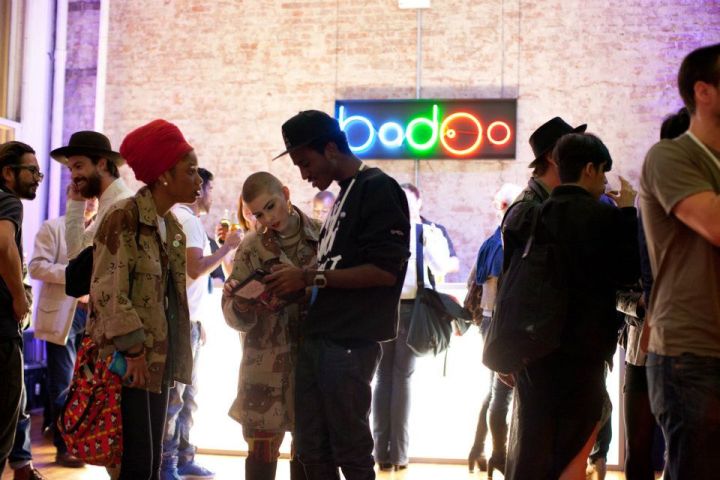
“Badoo has been around for 10 years, so we have the industry’s deepest insights and experience,” said Badoo spokesperson Joey Hadfield. “We are continuously aiming to solve major challenges in the dating space around various issues such as safety and security. We’ve spoken to many women to find out what they really want from a dating platform and the two things that repeatedly surface as top priorities are safety and efficiency.” And the selfie request, Badoo believes, will help to eradicate these issues.
But if a selfie isn’t enough to convince you of a user’s authenticity, Badoo also has an option that allows users to request and share verified social media accounts on the dating platform. So unless you’re misrepresenting yourself across channels, it’ll probably be difficult to pull one over on your matches.
“Having these safety features, especially the new addition of selfie requests, means I can have more faith and trust in who I’m speaking to online,” said lifestyle blogger and Badoo user Duda Castro. “A busy work schedule coupled with trying to meet a potential mate is extremely hard in today’s world, so making sure potential matches are 100 percent the real deal means whoever is using the app is not wasting their time or being catfished.”
These latest features come hot off the heels of Badoo’s photo verification and profile launch, so if you’re looking for love online, you may want to join the 311 million users across 190 countries who are looking on Badoo.
Editors' Recommendations
- WhatsApp now lets you make voice and video calls from your computer
- You’ll soon be able to video call your Tinder matches


